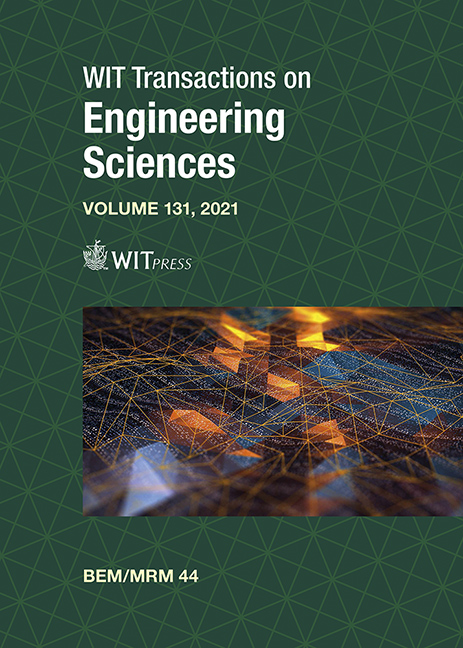ON THE APPLICATION OF HYBRID BEM/FEM FOR INHOMOGENEOUS ELECTROMAGNETIC SCATTERING FROM SMALL MARITIME TARGETS
Price
Free (open access)
Transaction
Volume
131
Pages
13
Page Range
131 - 143
Published
2021
Size
786 kb
Paper DOI
10.2495/BE440111
Copyright
Author(s)
HRVOJE DODIG, DRAGAN POLJAK, MARIO CVETKOVIĆ
Abstract
From the standpoint of detectability of small maritime objects by a ship’s radar system, the radar cross section (RCS) of a maritime object is a key parameter that determines the detectability of an object. When a vessel navigates in narrow channels and in areas with high sea traffic density, the ability to detect small maritime targets such as buoys and inflatable rubber boats is crucial for maritime safety. However, it is difficult to measure the radar cross section of such maritime objects in environments such as laboratory or in a field test not only due to object size, but also due to the fact that these objects are partially submerged into seawater. In such situations, the most effective approach is to apply numerical methods for electromagnetic scattering from inhomogeneous objects in order to predict the RCS of a maritime object. Though approaches to RCS prediction are diverse, one of the most sophisticated, namely, the hybrid numerical method based on combination of boundary and finite elements is applied in this work. This hybrid numerical method first computes near electromagnetic field on the surface of the scatterer, followed by a particular technique developed by the authors to compute the radar cross section of small maritime targets from these near field values. The accuracy of the approach is discussed and some illustrative computational examples of RCS calculations are given.
Keywords
boundary element method, finite element methods, hybrid boundary element/finite element method, electromagnetic scattering, radar cross section, small maritime targets





